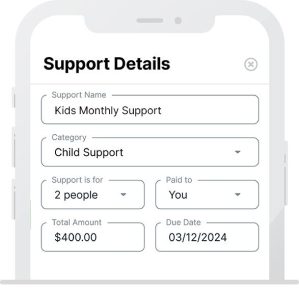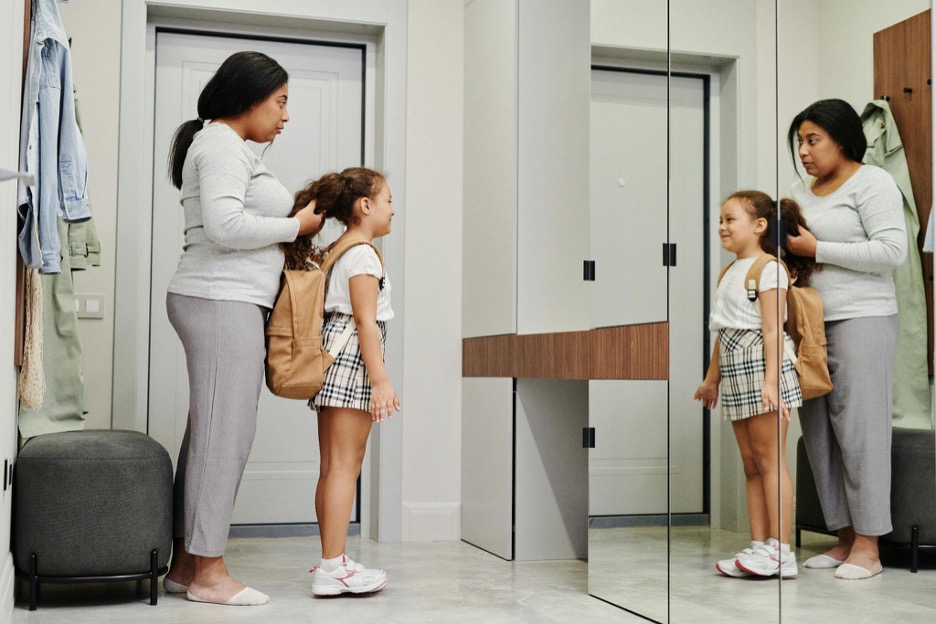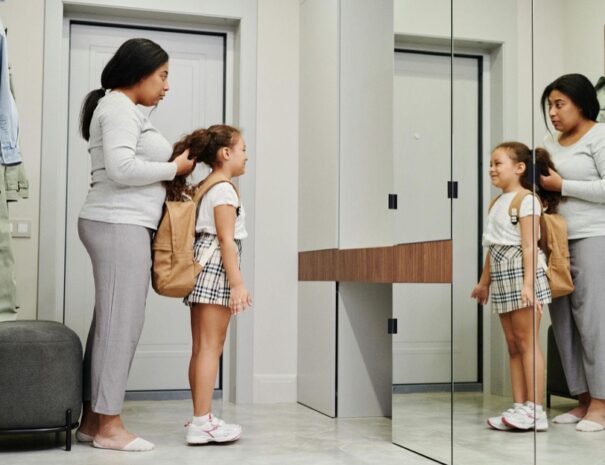It’s been quite the year for divorcing parents. Some were just starting to wrap their minds around the thought of divorce, and probably many were just about to physically separate. Then March 2020 came along, and many of those plans went out the window when mandatory quarantines were imposed. Millions of people lost their jobs. Millions of people had to stay in their homes for the indefinite future. This article will help you co-parent in one home.
For many parents, this meant postponing physical separation. At first, in many states people literally weren’t allowed to leave their homes. But as restrictions started to lift, many families found themselves destabilized by the pandemic and one parent moving out just wasn’t possible anymore. This may sound familiar. For example, one or both parents lost their job, and now the family relies on much less income to survive. Maybe one parent was planning to move in with a family member temporarily, but now that family member is part of the high-risk population. Or maybe the child’s new homeschooling or daycare needs require one or both parents to stay home. Whatever the reason, the reality remains: two parents who no longer wish to live together still have to raise one or more children under the same roof.
This might have been a really awful pill to swallow for a lot of families. But really, it could be great for your children and for building the foundation of a healthy co-parenting relationship. Whether you and your partner are amicable (best case scenario) or contentious, it’s important for parents to remember that divorce is a jarring experience for a child, and a huge life change. Even though you and your spouse are no longer romantically involved, there are upsides to having this time to lay the groundwork for your children, who will eventually live in two different homes. Here are a few ways to co-parent in one home:
Create two homes under one roof.
If possible, you and your spouse should discuss defining your personal space. Square footage limitations can of course make this difficult, but to the extent possible, try having separate rooms to begin the process of emotional separation. Maybe Dad always had a man-cave that he can convert into a bedroom, or maybe there’s even an in-law unit on the property. This is especially the case if spouses don’t get along. At worst, parents could alternate being in the home depending on their child’s needs and schedules. The more you decrease interactions, the less opportunity for interactions to become contentious.
Define responsibilities.
Just as if you and your spouse were co-parenting in two separate homes, you should discuss how you’re going to share parenting responsibilities. Communication is key to maintain stability. Are you going to share the week, where Mom is responsible for all child-rearing tasks from morning until night on certain days, or does one parent’s work schedule dictate when each parent will spend time with the child or children? If possible, start to adapt to a schedule so the family knows what to expect.
Check in often.
If COVID has taught us anything, plans change! Especially when kids are involved, they change all the time. Parents need to be flexible. Nothing helps a co-parenting relationship deteriorate faster than lack of communication or flexibility- so check in frequently and often. You do not want resentment or frustration to build when you’re sharing a roof with your ex. If you weren’t great communicators before separation, examine how or why that came to be, and seek professional help to facilitate discussions. If you can set a date and time every week to review the prior week’s events, it will help you nip problems quickly and give each other space to reflect on your needs and the family’s needs.
Take space for yourself.
Keeping COVID restrictions and guidelines in mind, take this opportunity to get back into your hobbies, exercise, reach out to old friends, and start rebuilding your identity away from the home. Once you and your spouse are in a position to physically separate for the long-term, you will eventually have more free time for yourself. So why not start now? In order to be physically and mentally “there” for your children when it’s your time to share with them, you need to take care of yourself while you have the space.
Hopefully, parents can use this transitional time to set expectations, healthy habits, and the foundation to co-parent in one home. Children are adaptable and resilient, especially when they feel loved and supported. Sharing a household during the first months of divorce can help the kids get used to the concept of two family units, while still maintaining stability for them at the outset. Take the time to research your options for how to support the family once physically apart. If you think child or spousal support is going to be a factor in your divorce, check out the SupportPay platform, which helps co-parents everywhere foster healthy communication habits. For more information on how SupportPay can assist, check out their resource blog posts on all things support.









